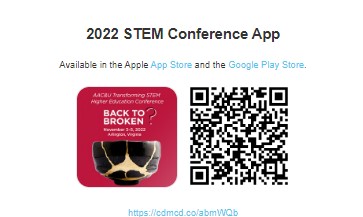Introduction
Demonstration teaching is a critical component of teacher training programs, allowing educators to showcase their teaching skills in a real classroom setting. Perfecting your demo requires careful preparation, effective communication, and confidence in your abilities. In this article, we’ll explore essential tips for mastering demonstration teaching and excelling in your teaching practice.
Preparing Your Lesson
Before stepping into the classroom, thorough preparation is essential for a successful demonstration. Start by carefully planning your lesson, considering the learning objectives, content, and instructional strategies you’ll use. Tailor your lesson to the needs and interests of the students, and ensure that it aligns with the curriculum standards and objectives. Gather all necessary materials, resources, and visual aids ahead of time to facilitate smooth delivery during your demo.
Engaging Your Audience
Engaging your audience is key to capturing students’ attention and promoting active participation during your demonstration. Incorporate interactive elements such as group discussions, hands-on activities, and multimedia presentations to keep students engaged and involved in the learning process. Use open-ended questions to stimulate critical thinking and encourage students to share their thoughts and ideas. Creating a dynamic and interactive learning environment enhances student engagement and promotes deeper understanding of the lesson content.
Demonstrating Effective Instruction
During your demonstration, focus on delivering effective instruction that promotes student learning and understanding. Clearly articulate the learning objectives and expectations for the lesson, and provide clear explanations and examples to help students grasp new concepts. Use varied instructional strategies to accommodate diverse learning styles and preferences, and scaffold instruction to support students’ learning needs. Monitor student progress and comprehension throughout the lesson, and adjust your teaching approach as needed to ensure all students are actively engaged and making progress.
Building Rapport with Students
Building rapport with students is essential for creating a positive and supportive classroom environment. Take the time to establish a connection with your students, showing genuine interest, respect, and empathy for their perspectives and experiences. Use positive reinforcement and encouragement to build students’ confidence and motivation, and establish clear expectations for behavior and participation. Cultivating a sense of trust and mutual respect fosters a conducive learning atmosphere where students feel valued, supported, and empowered to succeed.
Managing Classroom Dynamics
Effective classroom management is crucial for maintaining order and facilitating a productive learning environment during your demonstration. Set clear and consistent expectations for behavior and participation, and establish routines and procedures to minimize disruptions and maximize instructional time. Use proactive strategies such as proximity control, positive reinforcement, and verbal cues to address behavior issues promptly and prevent escalation. By effectively managing classroom dynamics, you create a conducive learning environment where students feel safe, respected, and focused on learning.
Reflecting on Your Practice
After your demonstration, take time to reflect on your practice and evaluate your performance. Identify strengths and areas for improvement, considering aspects such as lesson clarity, student engagement, instructional effectiveness, and classroom management. Seek feedback from mentors, peers, or supervisors to gain valuable insights and perspectives on your teaching practice. Use feedback to inform your professional development goals and refine your teaching skills for future demonstrations and classroom experiences.
Conclusion
Mastering demonstration teaching requires careful preparation, effective communication, and a commitment to continuous improvement. By preparing your lesson thoroughly, engaging your audience, demonstrating effective instruction, building rapport with students, managing classroom dynamics, and reflecting on your practice, you can excel in your teaching practice and showcase your skills with confidence. With dedication, perseverance, and a focus on student learning, you’ll become a proficient and effective educator prepared to make a positive impact in the classroom. Read more about tips in demonstration teaching






